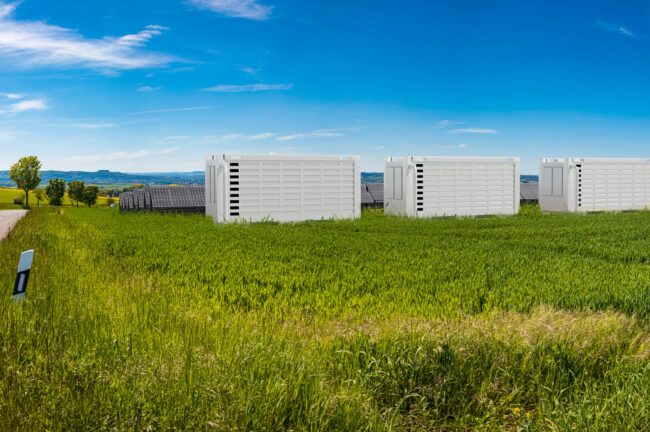The Evolution of BESS in ERCOT
Looking back just 3-4 years, most batteries deployed in ERCOT were 1-hour duration assets, largely focused on providing Responsive Reserve Service (RRS). These batteries effectively supported grid reliability, but revenue opportunities were relatively limited, especially in comparison to what we’re seeing today. In recent years, the market has shifted towards slightly longer duration assets, with 1.5 to 2-hour BESS becoming more prevalent.
As revenue trends towards coming more from energy arbitrage, the longer duration may help future-proof revenue and unlock an operator’s ability to execute more complex bidding strategies.
Revenue Uplift from Energy Arbitrage
As a proxy for volatility, and therefore revenue opportunity, we analyzed real-time price spreads (TB2 vs. TB4) at key hubs in ERCOT. In this scenario, an operator would need to double battery duration from 2 hours to 4 hours, to achieve 50% more revenue.
- TB2: Top 2 priced hours minus bottom 2 priced hours each day
- TB4: Top 4 priced hours minus bottom 4 priced hours each day
The intuition: the largest spread typically exists between the top and bottom priced hours in any given day. As you extend your battery’s ability to capture revenue from more hours, the incremental value gained diminishes.
Revenue Profiles and Bidding Flexibility
Added duration can unlock incremental value – especially during scarcity events, which, as we know, can account for a large percentage of annual revenue.
In the example simulation, a large percentage of 2023 revenue would have come from real-time energy and ECRS. And a smaller percentage from Reg Down and Reserves. The longer duration increased the asset’s operational flexibility, allowing it to bid into high priced AS, while still capturing peaking real-time prices.
Unpack ERCOT’s market products and their use cases.
Example:
2023 revenue profile comparison

August 2023 is a great example of the impact extended duration provides in periods of scarcity. An extended heatwave caused prices in ERCOT to skyrocket. The extended duration enabled the optimizer to capture revenue across multiple market products, increasing total revenue without SOC concerns.
And, even without perfect foresight, longer duration gives the operator more “at bats,” increasing the likelihood of hitting high priced hours.
Strategic Advantages of Longer Duration BESS
While the optimal battery size depends on many factors—such as location, project objectives, and various other components —there are several strategic advantages to increasing battery duration:
- Flexibility for New Market Opportunities: Longer-duration batteries open doors to additional market products, such as Non-Spin and potentially future products like DRRS (Discretionary Responsive Reserve Service), which may have longer duration requirements.
- Regulatory Protection: With evolving state-of-charge (SOC) regulations like NPRR1149 and NPRR1186, longer-duration batteries provide protection against future compliance issues.
- Cost Declines Pre-COD: Continued cost declines in battery technology before the Commercial Operation Date (COD) can further enhance the economic case for 4-hour BESS.
- Operational Synergies: In specific instances, such as with corporate or load-serving entity (LSE) partnerships, longer-duration BESS can overcome operational challenges where the cost-benefit of increased duration aligns with broader business goals.
As ERCOT continues to evolve, so too must the strategies of storage operators. Longer-duration BESS could very well be the next step forward in optimizing grid flexibility and ensuring financial success in this rapidly changing energy landscape.





